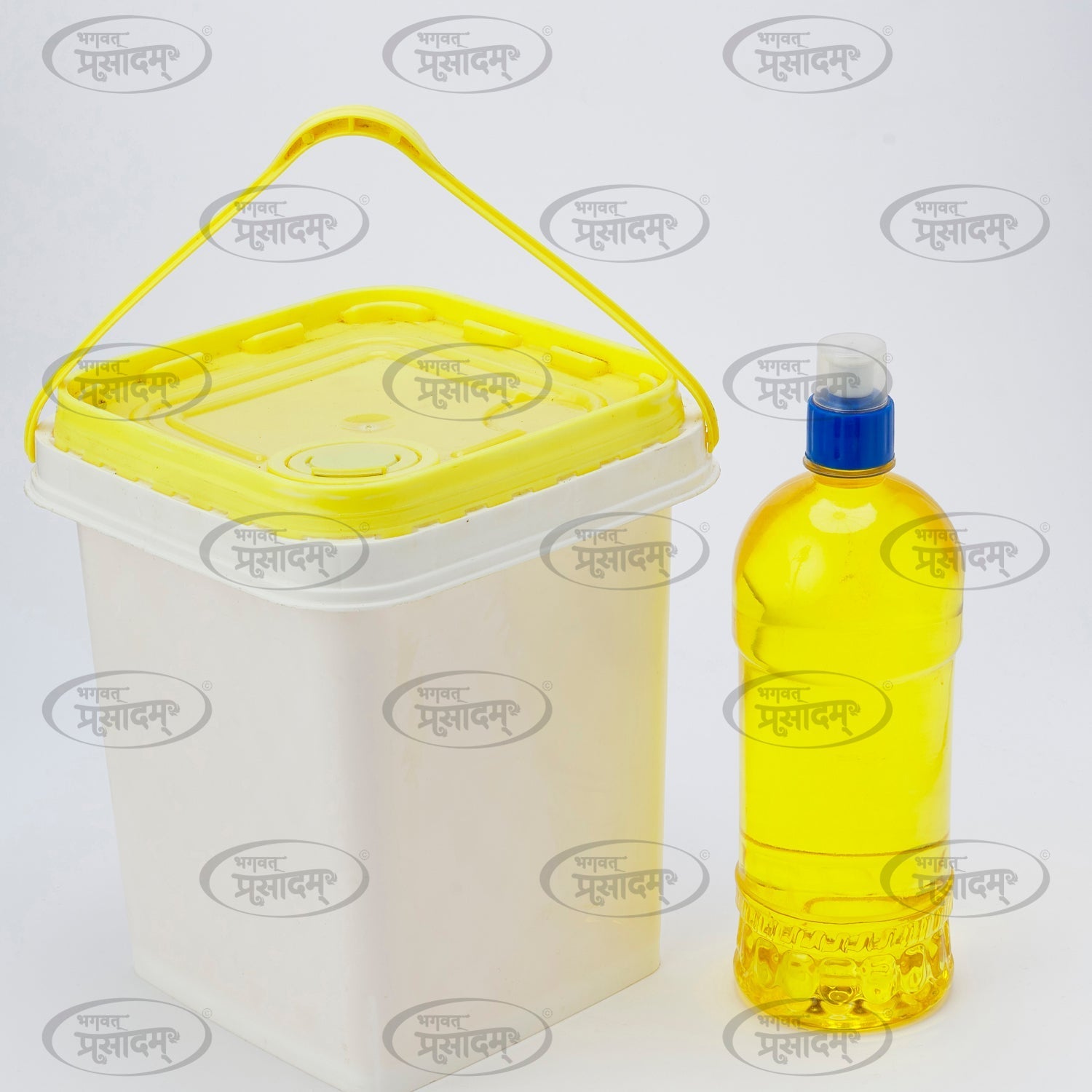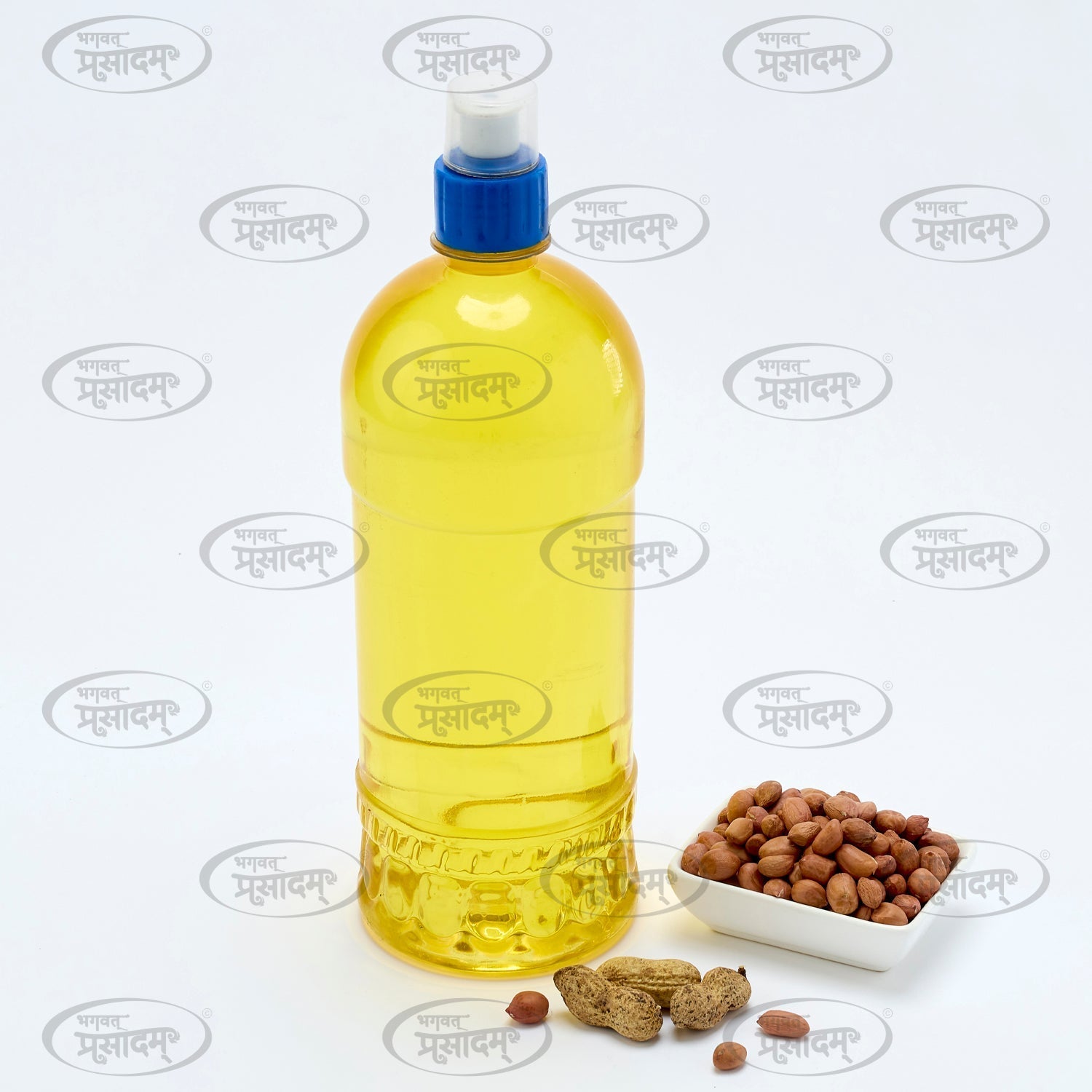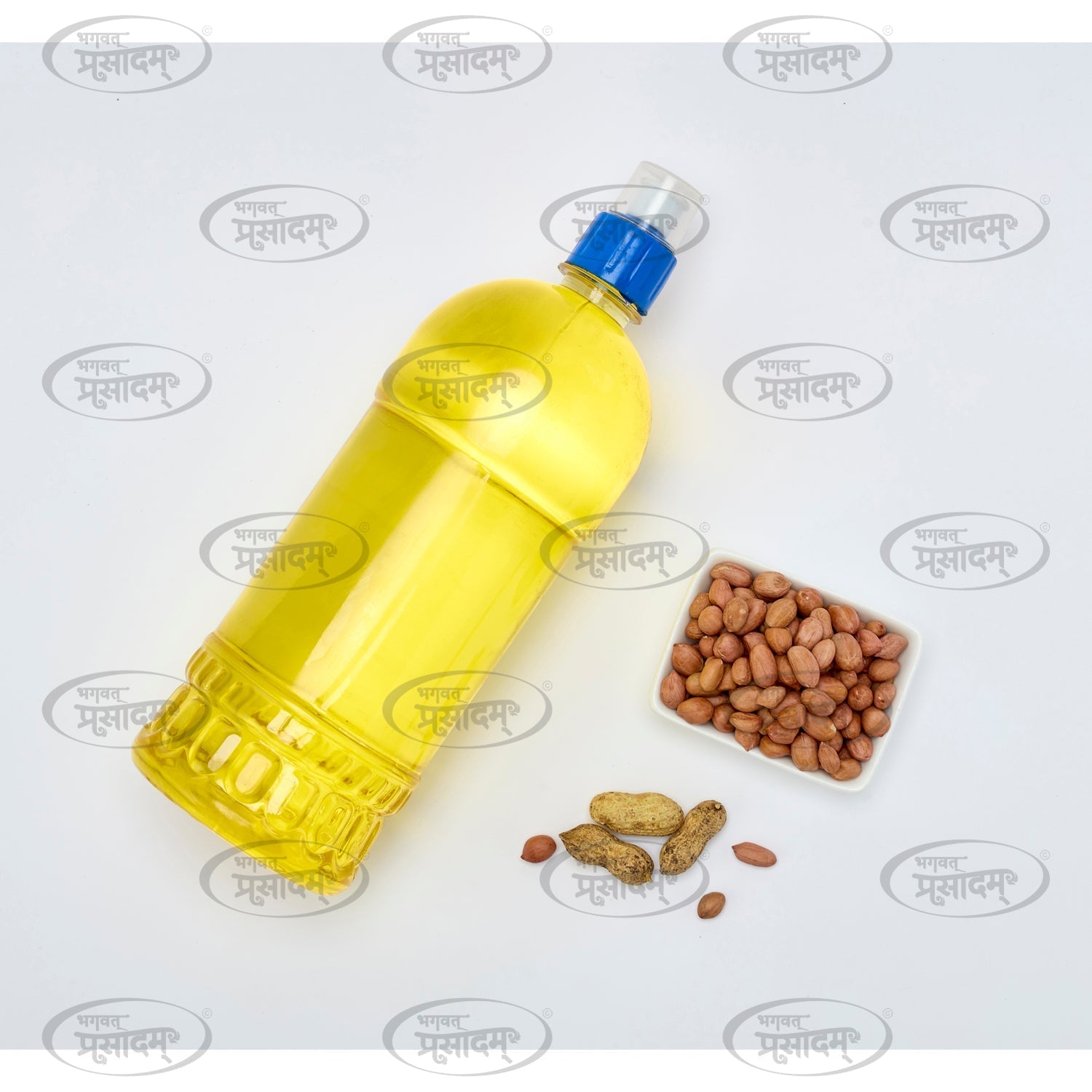In the realm of ancient grains, Bajra, also known as Pearl Millet, stands out as a resilient and nutrient-dense staple with a rich cultural heritage. Originating in Africa and now cultivated worldwide, Bajra has been cherished for centuries for its health benefits, culinary versatility, and ability to thrive in arid and semiarid regions.
What is Bajra (Pearl Millet)?
Bajra, scientifically known as Pennisetum glaucum, is a gluten-free grain that belongs to the millet family. It is characterized by its small, round seeds and comes in various colors such as white, gray, yellow, and red. Bajra is known for its adaptability to harsh growing conditions and is a staple food in many regions of Africa and Asia.
Nutritional Benefits
Rich in Nutrients: Bajra is a powerhouse of essential nutrients, including complex carbohydrates, protein, fiber, and an array of vitamins and minerals such as iron, magnesium, phosphorus, and potassium.
Gluten-Free: As a gluten-free grain, Bajra is suitable for individuals with celiac disease or gluten intolerance, offering a safe and nutritious alternative to wheat and other gluten-containing grains.
High in Fiber: Bajra is particularly rich in dietary fiber, which supports digestive health, regulates bowel movements, and helps in maintaining a feeling of fullness.
Culinary Uses
Bajra's versatility in the kitchen makes it a popular choice for a variety of dishes:
Whole Grains: Cooked Bajra grains can be used as a nutritious base for porridges, pilafs, and salads.
Flour: Bajra flour is used in baking traditional flatbreads such as roti or bhakri in India. It adds a slightly nutty flavor and a dense texture to baked goods.
Beverages: Bajra is also used to make traditional beverages such as Bajra Kanji, a fermented drink popular in Rajasthan, India.
Health Benefits
Heart Health: Bajra's high fiber content and beneficial fats contribute to improved heart health by reducing cholesterol levels and promoting better circulation.
Diabetes Management: The slow digestibility of Bajra helps in regulating blood sugar levels, making it a suitable grain choice for individuals with diabetes.
Energy Booster: The complex carbohydrates in Bajra provide sustained energy release, making it an excellent choice for active lifestyles.
Conclusion
Bajra, or Pearl Millet, is a testament to the nutritional richness and cultural significance of ancient grains. Whether enjoyed as whole grains, flour, or in traditional beverages, Bajra offers a delightful blend of flavor, texture, and health benefits.
Embrace the goodness of Bajra in your culinary adventures and explore the myriad ways to incorporate this nutritious grain into your diet. Let its ancient heritage and nutritional value inspire you to savor the wholesome goodness of Bajra in your meals.














